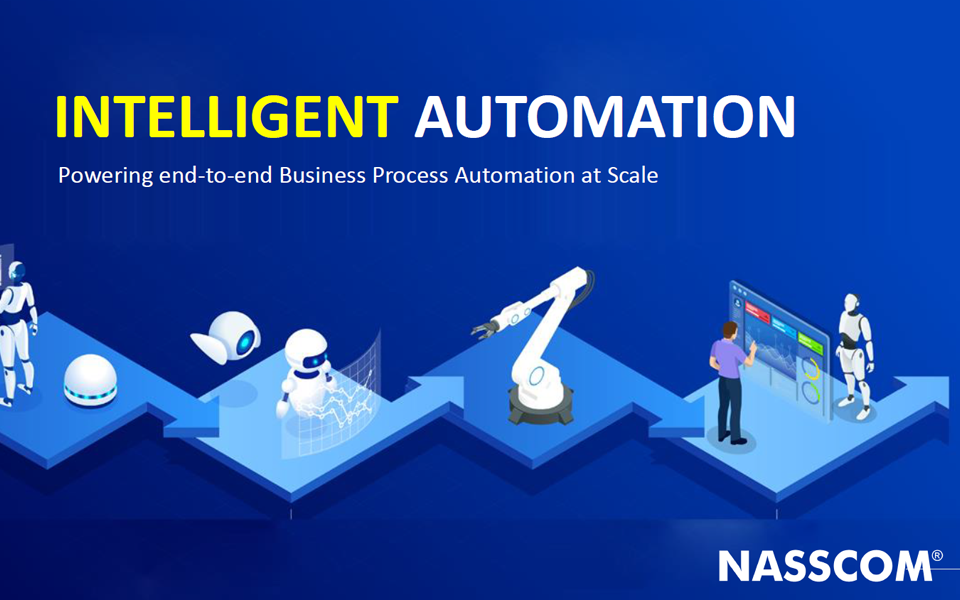In today’s evolving business landscape, especially post-pandemic, small and mid-sized enterprises (SMEs) are finding that automating certain functions is no longer sufficient. To truly harness the power of technology, these organizations need to implement intelligent systems that can leverage the vast amounts of data being generated. This guide will demonstrate how to design, deploy, and monitor an AI-powered automation solution suitable for SMEs, ensuring that even non-developers can follow along.
Before diving into the setup, it’s essential to identify the prerequisites. You will need access to an AI platform that supports machine learning (ML), natural language processing (NLP), and computer vision. Additionally, ensure you have a curated dataset relevant to your business needs, along with tools for data analysis, such as spreadsheets or visualization software. It’s crucial to form a cross-functional team, including IT, operations, and business analysts, to guide the project.
Once the prerequisites are in place, move on to the configuration steps. Start by defining the specific problem you want to solve with AI. Whether it’s automating customer service interactions, analyzing customer sentiments from social media, or predicting inventory needs, clarity on your objective will guide your decisions throughout the process. Next, gather your data. This may involve integrating various data sources like CRM systems, customer feedback platforms, and operational databases, ensuring a thorough collection of relevant information.
With the data collected, proceed to clean and preprocess it. This step can ensure that the AI algorithms are fed with high-quality input. Remove duplicates, handle missing values, and standardize formats. For example, if you are analyzing customer feedback, you might transform sentences into a consistent format before feeding them into a sentiment analysis model.
After preprocessing, it’s time to select the appropriate AI tools and techniques. For many SMEs, user-friendly platforms like Azure Cognitive Services, Google Cloud AI, or IBM Watson provide pre-built models that require minimal coding knowledge. Choose a model based on your defined objective, such as a sentiment analysis model for customer feedback or a computer vision model for inventory management.
Once your model is selected, deploy it. Most platforms offer guided wizards for deploying models; simply follow these steps, which usually involve creating an API endpoint. This will allow your application to communicate with the AI model effectively. For instance, if you’re deploying a customer service chatbot, you need to integrate it with your existing customer support software.
Testing is a crucial next step. Run your AI model with a small subset of real-world data to validate its performance. Monitor its responses and check for accuracy and relevance. If the results aren’t satisfactory, revisit the model parameters, tweak them, and run additional tests. For example, if customer queries are not being understood correctly, consider retraining the model with a more diverse dataset.
After testing, implement monitoring practices to keep an eye on your model’s performance over time. Set up dashboards that can visualize key performance indicators such as response times and resolution rates. This data will help you identify any drops in performance and make adjustments as needed.
Error handling is essential for maintaining a smooth user experience. Create a fallback mechanism where, if the AI system cannot adequately address a customer inquiry, it seamlessly redirects the query to a live agent. This can help maintain customer satisfaction even when the system encounters challenges.
Cost control is another critical aspect. Keep track of your AI usage and the associated costs with cloud services. To estimate the return on investment (ROI), evaluate factors like reduced labor costs, improved customer satisfaction scores, and quicker response times. Ensure you set specific, quantifiable goals for measuring success.
Security, data retention, and privacy cannot be overlooked. Ensure that all customer data collected for AI initiatives complies with regulations such as GDPR or CCPA. Develop a clear data retention policy that specifies how long data will be stored and how it can be securely deleted when no longer needed. Also, consider who has access to this data and implement strong cybersecurity measures to mitigate risks of breaches.
Be wary of vendor lock-in. While it may be tempting to utilize only one platform for all your AI needs, consider the long-term implications. Using multiple vendors or a hybrid approach can offer greater flexibility and reduce dependency on a single provider. This way, your business remains agile in adopting the best tools as technology evolves.
Maintenance is a never-ending process. Regularly review and retrain your models based on new data, market changes, and customer feedback. This ensures that your AI solution evolves with your business needs and continues delivering value over time.
In conclusion, implementing an AI-powered automation system is an ambitious yet attainable endeavor for SMEs. By following a structured approach, from defining objectives to monitoring performance, you can create a system that not only streamlines operations but also enhances customer interactions.
FlowMind AI Insight: As SMEs continue adapting to a rapidly digitizing world, embracing AI-powered automation can empower businesses to become more efficient and customer-centric. By systematically following this guide, even those without technical backgrounds can leverage the transformative potential of AI, ensuring growth and resilience in the marketplace.
Original article: Read here
2025-09-20 22:05:00

